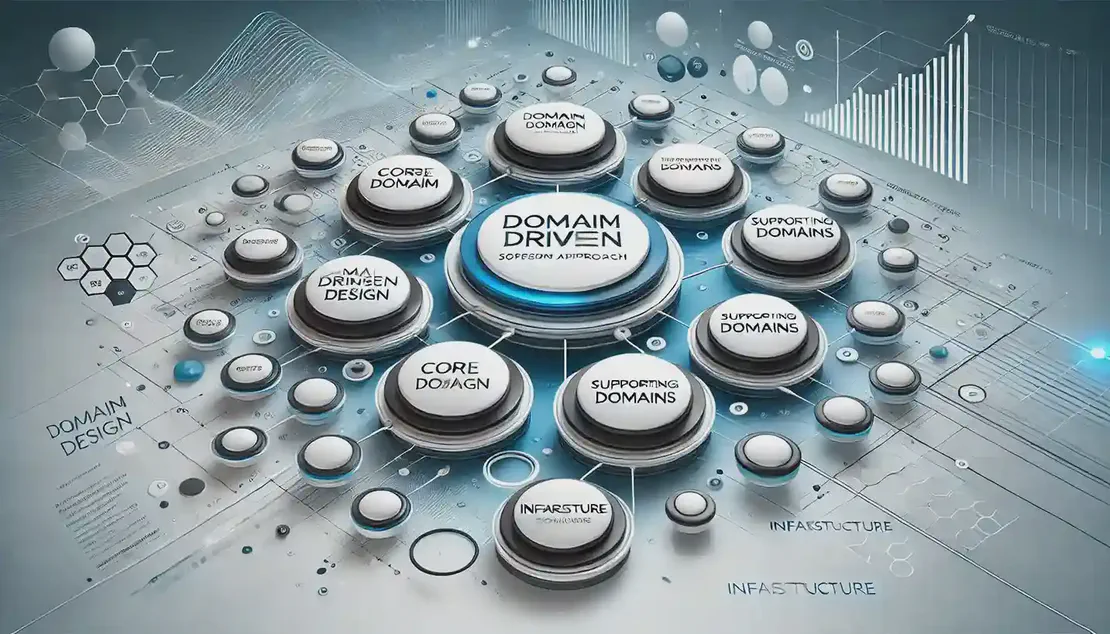
Choosing Between Microservices and Monolithic Architecture
- Vipul Kumar
- Microservices , Architecture design
- November 3, 2024
Table of Contents
🔍 Definition — Monolithic architecture is a traditional software model where the entire application is built as a single, indivisible unit. Microservices architecture, on the other hand, breaks down the application into smaller, independent services that can be developed, deployed, and scaled independently.
⚙️ Development — Monolithic applications are easier to start with due to their single code base, but they can become complex and difficult to manage as they grow. Microservices require more upfront planning but offer greater flexibility and easier maintenance over time.
🚀 Deployment — Deploying monolithic applications is straightforward as it involves a single unit. However, microservices allow for independent deployment of services, which can lead to more efficient updates and scaling.
📈 Scalability — Microservices offer better scalability as each service can be scaled independently based on demand. Monolithic applications require scaling the entire application, which can be inefficient.
🔄 Flexibility — Microservices allow for the use of different technologies and programming languages for different services, providing greater flexibility. Monolithic architectures are limited to a single technology stack.
Advantages and Disadvantages
👍 Monolithic Advantages — Simplicity in development and deployment, easier debugging and testing, and faster development cycles due to a unified code base.
👎 Monolithic Disadvantages — Difficulty in scaling, complex code management as the application grows, and limited flexibility in technology choices.
👍 Microservices Advantages — Enhanced scalability, flexibility in technology use, improved resilience, and faster development cycles due to independent services.
👎 Microservices Disadvantages — Increased complexity in managing multiple services, potential for higher overhead in deployment and monitoring, and the need for careful coordination between teams.
🔄 Transition Challenges — Moving from a monolithic to a microservices architecture can be complex and requires significant planning and restructuring.
Real-World Examples
🎥 Netflix — Transitioned from a monolithic to a microservices architecture to handle increased demand and improve scalability.
🛒 Amazon — Utilizes microservices to manage its vast e-commerce platform, allowing for independent scaling and deployment of services.
📺 Google — Employs microservices to support its diverse range of services, enhancing flexibility and resilience.
💻 Microsoft — Uses microservices in its cloud services to provide scalable and reliable solutions.
🏢 IBM — Adopts microservices for its enterprise solutions to offer better customization and scalability.
Choosing the Right Architecture
🔍 Project Size — For small to medium-sized projects, a monolithic architecture may be sufficient due to its simplicity and ease of development.
📈 Growth Potential — If a project is expected to grow significantly, microservices offer better scalability and flexibility.
🛠️ Technology Needs — Consider the need for diverse technologies; microservices allow for different stacks across services.
⏱️ Time Constraints — Monolithic architectures can be quicker to develop initially, but microservices may offer faster updates and scaling in the long run.
🔄 Future Changes — If frequent updates and changes are anticipated, microservices provide more agility and ease of maintenance.
If you’ve found our channel valuable, let’s bring more people on board!💬

